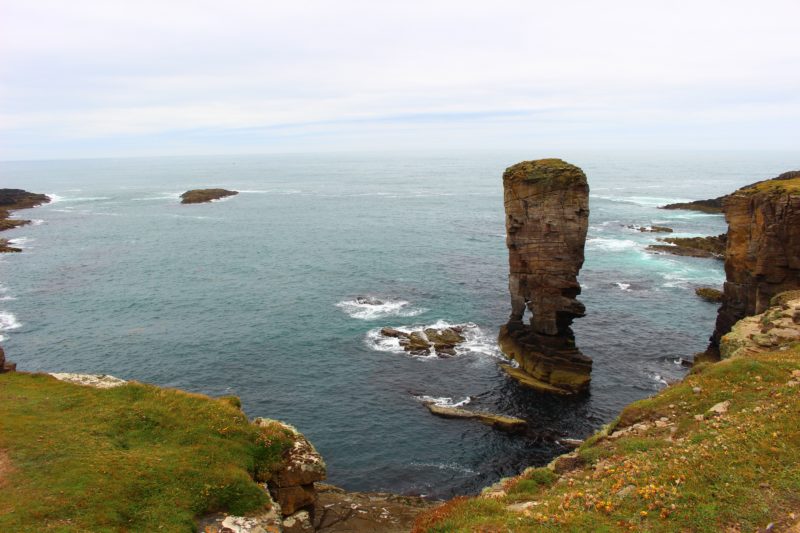
“The seaweed is pasta boiling in broth. Tagliatelle and spaghetti. The wind whips up shadows on the surface of the water, skating over like the birds being dragged fast through the sky. A passing plane adds a new and foreign sound to the distant quacks and frantic squeakings of birds, and the now-gentle lap of waves against shelves upon shelves of diamond-cut rock. Guillemots dry their wings on a sloping wall of ancient stone. You can read the water (ever-changing) and the water’s impression on the rocks (ever-changing but much more slowly) in endless different ways. So intricate as to defy one solid meaning. Turn over a tough-looking barnacle encrusted seashell, and the underside, the inside, will be raw, delicate, purplish-pink porcelain flesh. Shining and smooth and untouched. The rock flowers watch as the weather mutates and breathes and plunges the ocean into turmoil.”
One of my favourite clifftop walks on the Orkney mainland is Yesnaby, an area just south of the neolithic village of Skara Brae which has incredible, dramatic views of waves crashing against each headland you walk around. From the carpark the best route is to walk left along the clifftop, where after about half a mile you’ll reach the Yesnaby sea stack, an impressive tower which is now completely cut off from the land above water. Hundreds of fulmars nest in the cliffs surrounding it, as in many of the headlands here; sometimes you’ll walk past a nook in the cliff and see a beady little eye surveying you. (Fulmars are my favourite- built like a mini albatross with pillowy grey and white plumage, they somehow manage to look adorable and angry at the same time- they also have the ingenious defence mechanism of spitting a foul oily liquid at anyone who gets too close.) Fun to watch, they seem to playfully enjoy swooping and gliding from cliff to cliff- sometimes within a hair’s breadth of your scalp!
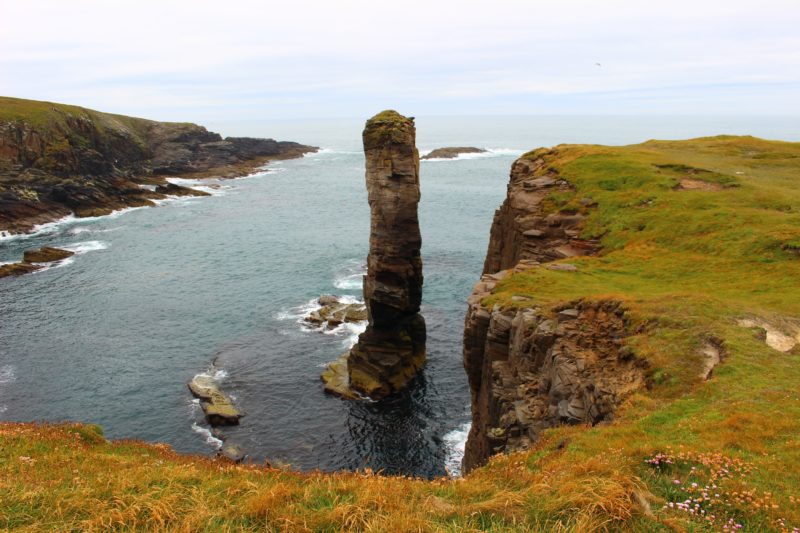
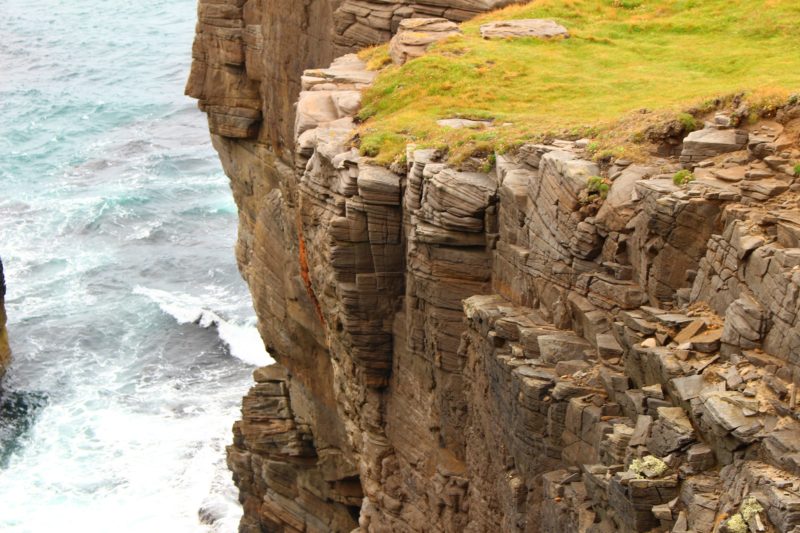
From these cliffs, as well as many other places on the island, you can see tiny rocky islands, or skerries; uninhabitable by humans but often home to many different breeds of seabird, such as gannets, fulmars and various members of the auk family. There are dozens of these skerries within the Orkney islands- some almost too small to see on the map. The rock itself is formed and worn down in oddly grid-like, square shapes; often it looks almost man-made, carved out of the land.
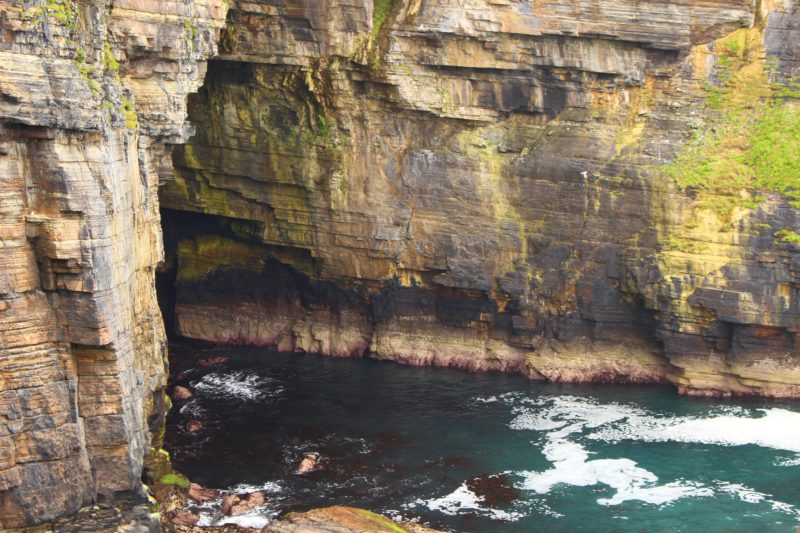
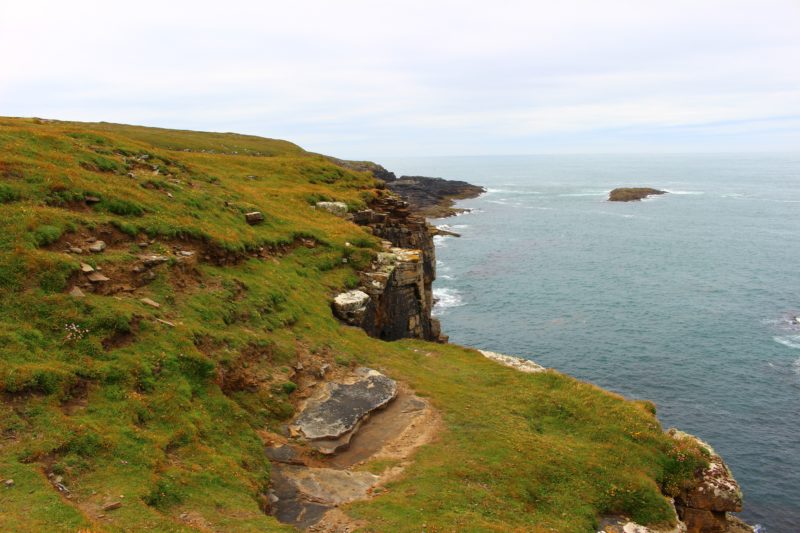
This clifftop walk, like many others, can continue for pretty much as long as you like- there is little inaccessible coastline in Orkney, although if an area is overtly signposted or is being used for livestock, it’s best to check before going further. There are tonnes of helpful guidebooks and walking maps available (obviously it’s also best to make sure there’s a cafe where you can grab some Orkney cheesecake or a tray bake at one end).
Rhi xx

